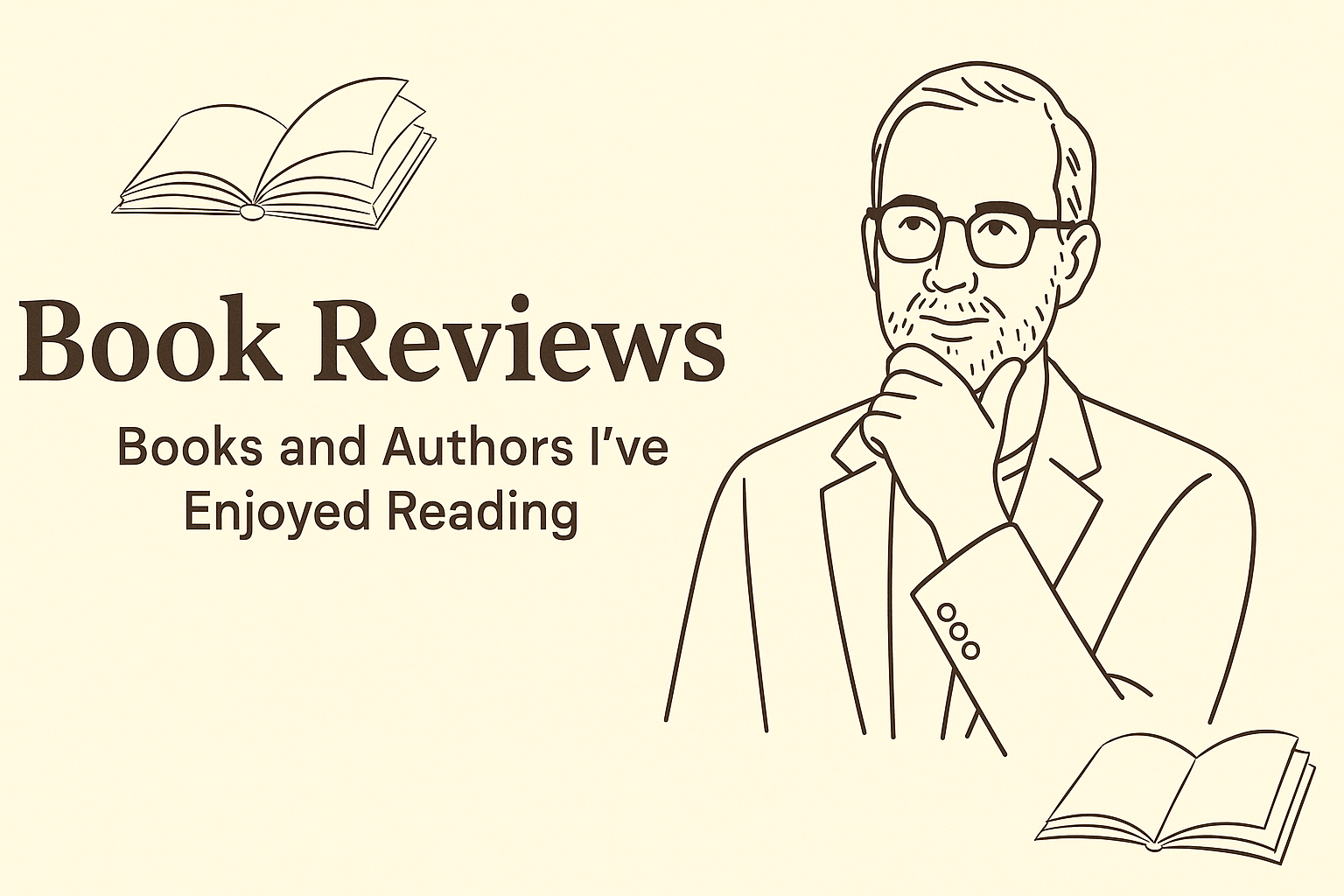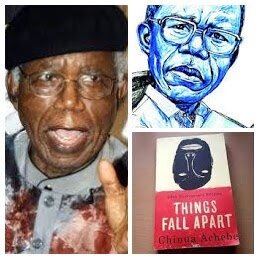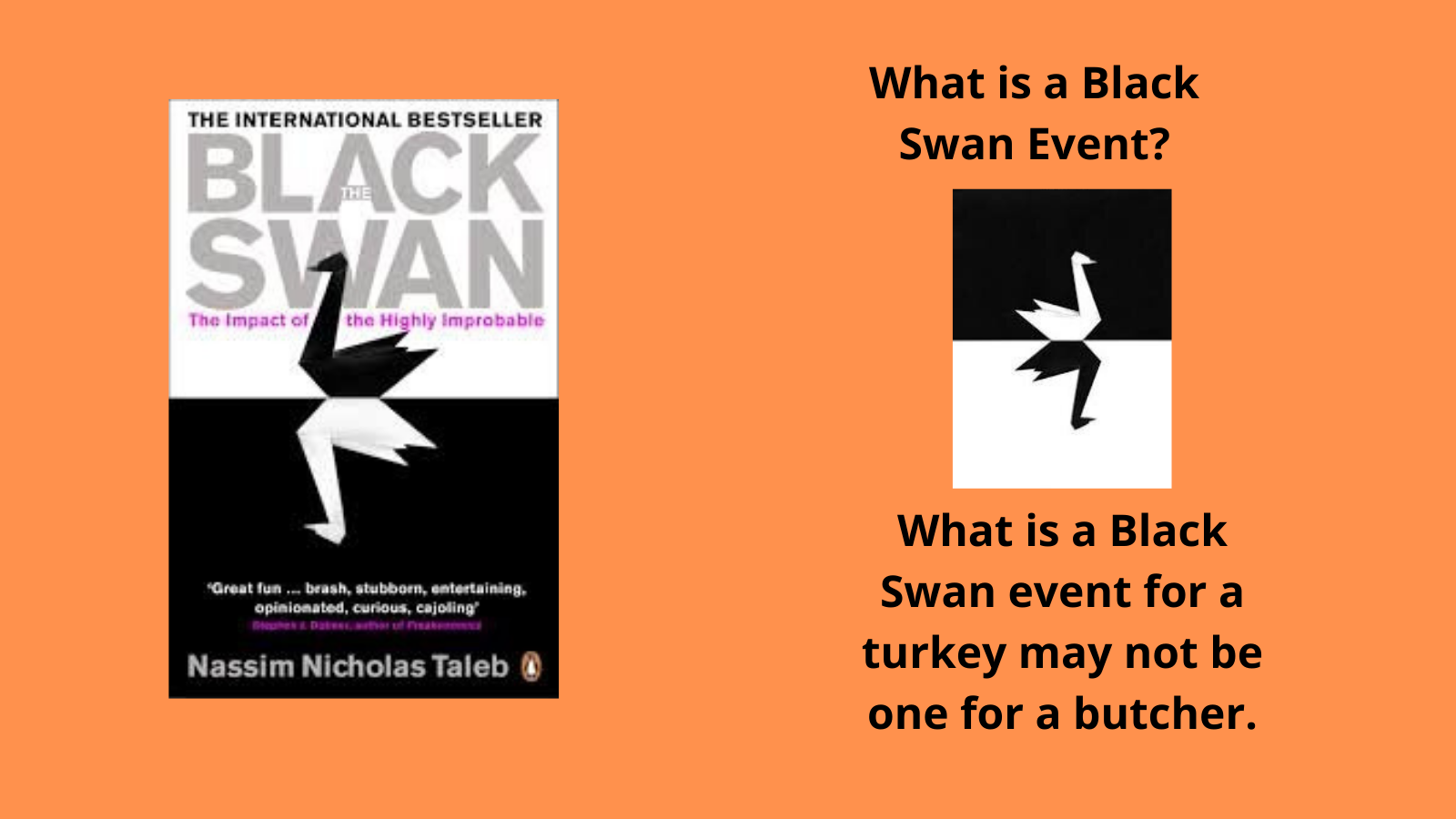Heart of Atlantis by Stephen King →
Five stories in the Hearts in Atlantis revolve around the Vietnam War, a central theme in Stephen King’s generation.
“Low Men in Yellow Coats” is set in the summer of 1960. Bobby Garfield and his friends Sully-John and Carol, Bobby Garfield meet TedBrautigana,n who lives on the third floor of Bobby’s building. Ted hires Bobby to watch for mysterious strangers that he refers to as “low men” from another world.
One day, Bobby discovers his friend Carol has been beaten by three bullies with a baseball bat. He takes her to his apartment, where Tedmust removeeherershirttoo set her dislocated shoulder. Bobby’smothere,r Liz comes home and misunderstands the situation. She had just been raped at a real estate seminarandwass ready to think the worst.
Ted appears in some way connected to the Dark Tower and confesses to Bobby that he is being stalked by "low men" who work for The Crimson King. The Low Man captured Ted, and Bobby is given a choice to go with them to wherever they are taking Ted but decides to stay. Sometime later, Bobby receives an envelope from Ted filled with red rose petals (which surround the Dark Tower). He knows that Ted is once again free and has gotten away from the low men.
In “Hearts in Atlantis,” Pete Riley becomes involved with Carol at the University of Maine in Orono in 1966. The title not only is a metaphor for the romance but also refers to an ongoing card game that threatens to overwhelm Pete and his dormmates. Carol leaves school, joins a movement, and becomes involved with radicals and a bombing of a chemical laboratory that kills several people.
“Blind Willie,” set in 1983, Willie Shearman, who befriended Carol but held her down while she was beaten in 1960, had fought in Vietnam and remained haunted by both his actions toward Carol and what he witnessed during the war. His efforts to do penance for both involve begging as a blind Vietnam veteran in New York City, which makes him a lot of money, but he does go blind doing it.
“Why We’re in Vietnam” and “Heavenly Shades of Night Are Falling” are the last two stories.
Sullyattendsafelloww soldier's funeral and reflects on the events in Vietnam, perhaps trying to answer the question of why,y but then dies of a heart attack.
In “Heavenly Shades of Night are Falling,” Bobby returns to Harwich for Sully's funeral. He finds Carol and a baseball glove sent to him by Ted.
Gwendy's Button Box by Stephen King →
Gwendy is 12 years old and lives in Castle Rock, Maine. In 1974 every day, she climbs to the top of the stairs referred to as Suicide Stairs. One day she meets a stranger, Richard Farris, waiting for her at the top of the stairs. The man is wearing a small black hat, and even though she has never met him, he seems to know a lot about her and some of the things she wants.
Farris gives her a special wooden box with a lever attached; when you pull it, you either get unique chocolates that help you lose weight or silver dollars. The box has eight buttons. Using some of them causes good things, even losing weight which she needed to do.
When she eventually pushes one of the other buttons, terrible things happen. She also learns that one of the buttons, which is black, when pressed, will cause cancer. The story takes us through Gwendy’s childhood, high school, and beyond; the story tells of the time she spends protecting this box and how she learns of its positive and negative influences on the world she lives in.
Hell and Other Destinations by Madeleine Albright →
Much of the message of this book can be summed up by her comment, “whether billionaire or pauper, we are all bound by time,” and she then proceeds to present a life that has been fully packed with exciting experiences. Those experiences seemed to have taken her everywhere.
She does write about a small town in Michigan that is named Hell. It was unclear if she had ever been there, but she mentioned that it had been known to freeze over there. She also says, “There is a special place in Hell for women who don’t help other women.”
The book reflects on the world since she left office in 2001, and at that time, she said she was worn out, but it seems clear that she loved every minute of it. She starts the book with a review of her options at that time: write a memoir, hit the lecture circuit, teach, establish “a small consulting firm, run primarily by women,” all of which she did.
The consulting firm’s mission was to “do good, and whatever the cost was to the bottom line, we didn’t want our children to think of us as creeps.” She meant that they would do no lobbying for big tobacco or the gun lobby and embrace worthwhile causes.
“Hell and Other Destinations” is her 7th book, and she refers to the follow-up work required as “the endurance test known as a book tour.” She liked the lecture tours that sometimes went with her book tours and said that diplomatic analysis was her thing. She speaks about it from the perspective of one who understands that diplomacy is the art of persuading “each side to settle for part of what it wants rather than prolong a squabble by demanding all.” It follows and is no surprise that she is put off by the Trumpian approach, to say nothing of the man himself, adding that “It was one thing to crave change; quite another to choose Donald Trump to define it.” She says of Trump that he a fascist and that he has the most anti-democratic instincts of any president in modern American history.
The book is a testimony and self-portrait of women with a zest for life. She broke her share of glass ceilings, and her connections span is impressive.
"A Higher Loyalty" by James Comey?
A Higher Loyalty, by James Comey, has three essential questions on the covers inside the front flap. What is ethical leadership? How do you do what is right instead of what is expedient? How do you maintain loyalty to the values of the institutions you have sworn to protect, the values you have dedicated your entire life to upholding, even if that loyalty comes at your own expense? The answer to these questions is what this book is about.
Of all the many books that have come out after the 2016 election that take positions on the political climate, this one stands unique. Say what you want about James Comey’s motives, and everyone seems to do just that; he can’t win and has found himself with this book on genuinely unusual ground, where all sides can find reasons for concern.
That hard place is the real power of this book. The book is very well written and easy to read, and his life story could have been an excellent book even if he had never mentioned Hillary Clinton or Donald Trump. His story is a testimony to a person who sincerely cares about the three questions raised on the inside cover. It would be easy to drift off into comments about the Bush, Obama, and Trump administrations. The strengths and weaknesses manifested in the stories Comey presents are invitations to jump into partisanship ranting, even or maybe especially, in a review.
Comey seems to have measured everything in his career against a template of right and wrong, as he understood how it existed at the time. Some reviewers have used this to be critical of his motive. Political books are hard to review because, for many people, the answer is one they are seeking only to prove rather than find. It is assumed that good and evil have picked sides. It is easy to say and unfortunate that many feel a greater good is worth sacrificing a less critical interest because, after all, the other side is pure evil. For them, it isn’t perfect and evil. It is taking sides.
Comey’s book is about what happens when that standard approach of using a political vantage point is ignored, and someone dares to state that good and evil exist on all sides. Sorting out interest from sin requires a higher standard, which the book "A Higher Loyalty" does.
At the very beginning of the book, his Author's Notestartst saying. “WHO AM I TO TELL others what ethical leadership is? Anyone claiming to write a book about ethical leadership can come across as presumptuous, even sanctimonious.” James Comey’s book gave us good answers and his choices show that evil is no respecter of political parties.
Thank You, James Comey. Thank you for showing us authentic leadership and consistent respect for values. Thank you for this extraordinary book.
I am not convinced about your timing, however.
Initially read and reviewed in 2017. Re Reviewed in 2020. As impressed as I was the first time with Comey’s effort to find suitable and wrong in his views, It seems like he could have waited until after the election to dump on Hillary. It was a stiff price for the country to pay, some, not many, would say.
Pet Sematary by Stephen King →
In the introduction to Pet Sematary, Stephen King tells his readers that when people ask him what he considers the most frightening book he has ever written, his answer is always Pet Sematary. He said when he had finished it, he put it away in the drawer, thinking he had finally gone too far.
King intertidally spelled Sematary wrong for two good reasons. First, it is realistic that the kids who put the sign up might have spelled it wrong, and second, it was King’s intentional use of realism, writing accurately to represent real life.
The story begins when Louis Creed, a medical doctor from Chicago, is appointed director of the University of Maine's campus health services. He and his wife Rachel, their two young children, Ellie and Gage, and also Ellie's cat named Church, move to the small town of Ludlow near the University.
Their new neighbor, an older man, named Jud Crandall, warns Louis and Rachel about the highway that runs past their house, which is frequented by speeding trucks explaining that it has taken the lives of many neighborhood pets over the years.
Jud and Louis quickly become close friends, and a few weeks after the Creeds move in, Jud takes the family on a walk in the woods behind their new home. He points out a path up a small hill and tells them it leads to a pet cemetery where the local children bury their pets.
Louis’s wife, Rachael is distraught just by the existence of the pet cemetery (the sign on the entrance says “Sematary”) so close, and it comes out that she is also very traumatized by even discussing death. She eventually explains that as a young girl, the early death of her sister Zelda had been a harrowing experience for her. Louis understands and blames her parents for leaving her alone with her sister at a young age.
It isn’t long before Church the cat wanders into the road and is killed. Ellie and her mother are not home, and Louis is beside himself at how his daughter will handle it. Jud, trying to help, talks Louis into taking the dead cat up the hill to the Pet Cemetery. The crude sign at the entrance says Pet Sematary, and according to a comment in the book, this is because the character would have been painted by kids taking their pets to be buried there.
Jud leads Louis beyond the Sematary to a higher place up the hill farther, and they bury the pet there and place rocks over the small grave. They return home, and Louis goes to bed. The following day when he awakes, the cat is in the house. He smells terrible and is tracking mud everywhere. The cat seems to have been resurrected, but he also seems different in many ways. Louis doesn’t tell his wife or daughter anything, and even though they notice many differences in how the cat acts, nothing is said except that the past love for the cat seems to go away.
The plot continues, and as you might expect, others die. As I read this book, I was about 3/4th the way through it, and I was not quite sure why Stephen King considered this his scariest book. At the same time, I could see what was coming and asked myself if I wanted to go through it. That isn’t an unusual feeling for many of King’s books. Forgive me for not giving a lot of details but be assured that if you like King’s genre, horror, dark fantasy, and supernatural fiction, you will not be disappointed.
Ok, I will give away this small detail. Cemetery vs. ’s Sematary is explained in the book as the result of kids having painted the sign. You will have to decide if you believe that or if you can think of some deeper meaning?
Thomas Jefferson, The Art of Power , by Jon Meacham
In this book, “Thomas Jefferson: The Art of Power,” Meacham details Jefferson’s public life between 1776 and 1826, covering the events with anecdotes, quotes, and observations that show all sides of the complicated leader.
The book, pages 514 through 759, consists of notes, a bibliography, and an index. When one-third of the book is research, you can not help but expect to learn things you didn’t know, and this book does not disappoint.
The book does not dwell on the reality of Jefferson, the enslaver, and how that fit with the people reforming principles that guided his career. His use of the phrase "We hold these truths to be self-evident that all men are created equal, that their Creator endows them with certain unalienable Rights, that among these are Life, Liberty and the Pursuit of Happiness” was also balanced with his concern that the masses might not rise to the occasion freedom would give them.
Having balanced views allowed him the flexibility to adjust to achieve his goals. It is easy to understand that the subtitle, the “art of power,” refers to Jefferson’s manipulation skill. Jefferson was a politician and philosopher fascinated by the power and obsessed with change.
His skills brought about significant change in the country’s direction at a time when it made a great deal of difference to what America was with the acquisition of the state of Louisiana, the Lewis and Clark expedition, and the beginning of the colonization of the American West.
Jon Meacham personally recounted insights into the political thinking and career of America’s third president at an event hosted by Politics and Prose Bookstore in Washington, DC.* He examined Jefferson’s relationship with political power. He reported that despite his solid beliefs and opposition to confrontation, Jefferson successfully led the country in a highly partisan political environment. He summed up some of Jefferson’s views: “the duty of a magistrate is to the line of the law, but it is not the highest duty. The survival and success of the country are your highest duty and obligation. One person’s imperial presidency is another person’s hero. One person’s tyranny is another person’s brilliant reform. Part of what we have to struggle with from age to age in America realizes that in some generations, there will be an excess of power used in a way we approve. In some generations, there will be an excess of power used in a way we would fight to the death against, but that is the way history has unfolded, and Jefferson was on the right side of that in the very beginning.”
*recorded on C-Span. (see click here to link)
Quotes by Thomas Jefferson
“I cannot live without books.”
“Do you want to know who you are?”
“I predict future happiness for Americans if they can prevent the government from wasting the people’s labors under the pretense of taking care of them.”
“Honesty is the first chapter of the book wisdom.”
Logavina Street , Life and Death in a Sarajevo Neighborhood, by Barbara Demick →
“Logavina Street, Life and Death in a Sarajevo Neighborhood, by Barbara Demick” is a six-block-long history lesson on multi-ethnicity and the result of history and geography that had existed for four centuries. This street had been for 240 families, Muslims, Christians, Serbs, and Croats, a quiet residential area in a charming city. They thought of themselves as Sarajevans until the war tore it all apart.
Sarajevo is the largest city and the national capital of Bosnia and Herzegovina. The city is almost in the country’s center at the Miljacka river in the Sarajevo valley in Bosnia.
Barbara Demick, who told us about North Korea in “Nothing to Envy,” tells us of the Bosnian War and the brutal and devastating three-and-a-half-year siege of Sarajevo through the lives of ordinary citizens who struggled with hunger, poverty, sniper fire, and violence.
The people on Logavina Street lived and worked together. We learned of their support for each other as snipers fired nearby to destroy them because of their diversity. Ethnic Nationalism required partitions and seemed to confirm a world of “us” and “them,” but Bosnia appears to have been necessary as a neutral space for what was left of the wreckage of Yugoslavia.
The war ended when Harun was two. At nineteen, he made his living as a tour guide. He told those that came to learn and see that the Bosnian government deliberately downplayed the war, putting reconciliation ahead of justice. In the schools, they teach nothing about the war or genocide.
Demick’s approach used in “Nothing to Envy,” where the life of one person was followed throughout the book, seemed more compelling than the mix of so many different stories she used in this book. The book answered some questions, but not all that were left.
Cool Infographics: Effective Communication with Data Visualization and Design by Randy Krum →
Randy Krum, the author of "Cool Infographics," is a skilled data visualization and graphics designer. In his book, he delves into how visual representations can effectively communicate stories to people. Krum covers design rules, story structure, design process, using graphics for resumes, and incorporating SEO values. Krum emphasizes that the most successful infographics should convey complex data entertainingly and concisely through the right combination of words and images.
He concludes his book with a "Final Thoughts" section, stating that regardless of the industry, every company can benefit from visualizing its information.
The book is divided into seven chapters, covering topics such as the science of infographics, online infographics, infographics and SEO, infographic resumes, internal confidential infographics, designing infographics, and design resources.
China Achebe's thoughts on an African Proverb are insightful. →
Chinua Achebe is a Nigerian author who is best known for his book “Things Fall Apart.” That book and “Home and Exile” are reviewed on this site.
In Home and Exile, Achebe tells us of an African proverb: “until lions produce their historians, their story will only glorify the hunter."
Achebe wants us to see that many writers portray Africa in ways they think are expected, not having the right point of view. They have a dark and primitive point of view that strips much of the natural beauty of the culture away.
This lesson applies to much of what we read about history. The American West has a viewpoint with many of the old writers that do the same thing to the culture of the American Indians.
Achebe's message is that Africa will be best served if African authors write about it.
We should consider whether our viewpoints as writers are factual or traditional.
Click on books above to see reviews
Fair Warning, by Michael Connelly
Michael Connelly was a former police reporter for the Los Angeles Times, and in Fair Warning, the main character is Jack McEvoy. The latter is part of a five-person team that investigates and writes stories posted on their website and sold to some major newspapers, one of them the Los Angeles Times.
McEvoy had gone after killers before and cracked the cases ahead of the police. Still, when a woman he had a one-night stand with is murdered brutally, he realizes he might face a criminal mind unlike any he's ever encountered.
First, he has to clear himself from being considered a suspect, but then Jack's findings point to a serial killer who uses personal DNA data shared by the victims to target the victims.
Connelly weaves a fascinating plot several steps ahead of the police and holds our attention to the end.
Michael Connelly is the executive producer of the successful TV series Bosch, which takes its inspiration from the Connelly novels and is almost if not equally as good as the books.
See more about Michael Connelly in the Favorite Author Section.
“Bosch” is an American police television series.
The Black Swan: The Impact of the Highly Improbable, by by Nassim Nicholas Taleb →
A black swan is a highly improbable event that is unpredictable and carries a massive impact. Only after the fact that we can develop an explanation for what happens, makes the event seem less random and more predictable than it was. Black Swan’s events are not predictable because they are unknown until after they occur.
The Author, Nicholas Taleb, was an options trader and quantitative analyst who mistrusts “bell-curve" models. The Black Swan, considered a rare and unpredictable condition for a swan, is a theory used as a metaphor to describe events that come as a surprise with a significant effect and is often inappropriately rationalized after the fact with the benefit of hindsight.
Taleb also claims that what a Black Swan event is conditional on the eye of the beholder. An example of this is offered by saying that what is a Black Swan event for a turkey may not be one for a butcher.
The book uses models of banks and trading firms to show that their financial models are defective and leave them exposed to losses far greater than their tools of analysis show them. It suggests that these types of events cannot be predicted or even studied, and they are left off bell curves tracking deviations because bell curve theory cannot handle them.
The book has been described by The Sunday Times as one of the twelve most influential books since World War II. As of 2019, it has been cited approximately 10,000 times and the book has spent 36 weeks on the New York Times Bestseller list and has been published in 32 languages.
Some may say that the book itself is a “Black Swan”.
Random House, ISBN 978-1400063512 | Books by Nassim Nicholas Taleb | Black swan theory | Epistemology























































